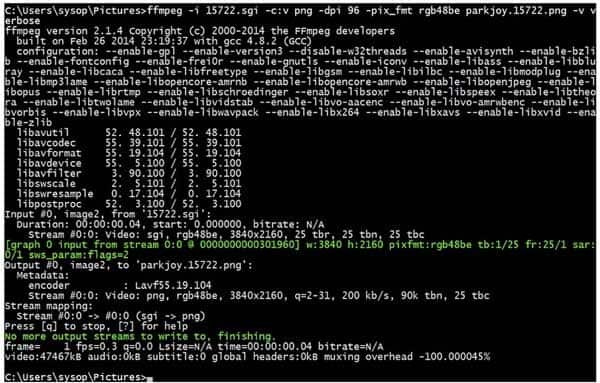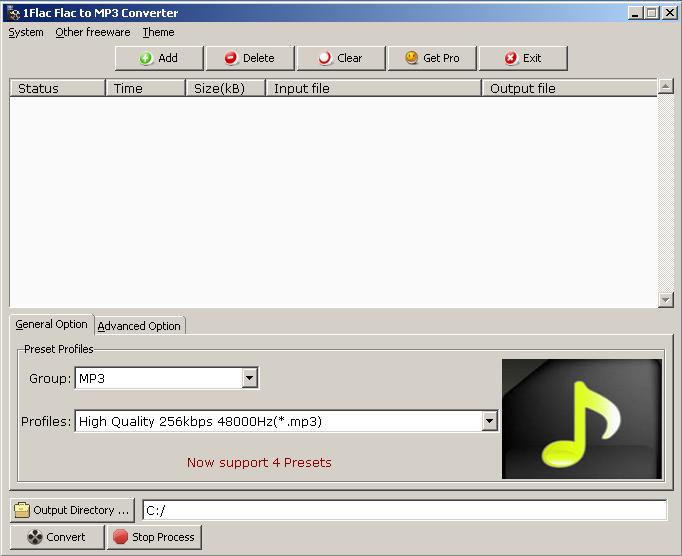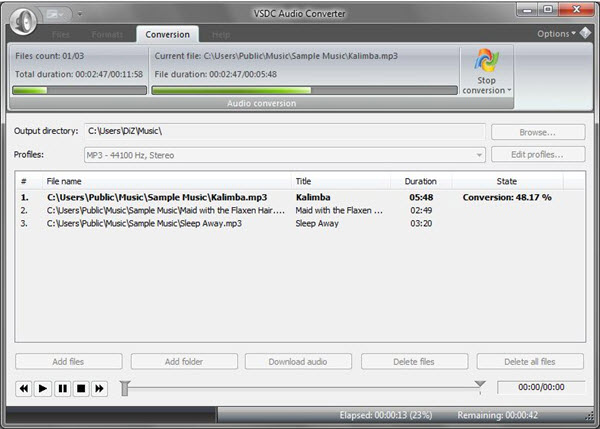
This also simplifies backups of all of the CDs that all users of your system have extracted. Though a folder named Music is automatically created for this purpose in each user's home directory, I tend to create a publicly writable directory called / home/music on my systems, to make it easier for multiple users to access a centralized music collection. ■ Library Location: Enables you to select the folder in which you want extracted audio to be stored.

This dialog enables you to change the following settings: To specify the location to which the audio files that you extract will be saved and the format in which they will be saved, click the Music tab, which is shown in Figure 19-32. To display this dialog, select the Edit C> Preferences menu command. This is done through Rhythmbox's Preferences dialog. While Rhythmbox is extracting the contents of an audio CD and converting each track to a file, it displays progress information in the lower-left corner of the Rhythmbox dialog.īefore ripping a CD, however, you may want to specify the format of the audio files that Rhythmbox creates, the location in which it creates them, and so on.


Ripping CDs in Rhythmbox is almost exactly like playing them (as shown in Figure 19-25), with the exception of the fact that you click the Extract button rather than the Play button to start the process.


 0 kommentar(er)
0 kommentar(er)
